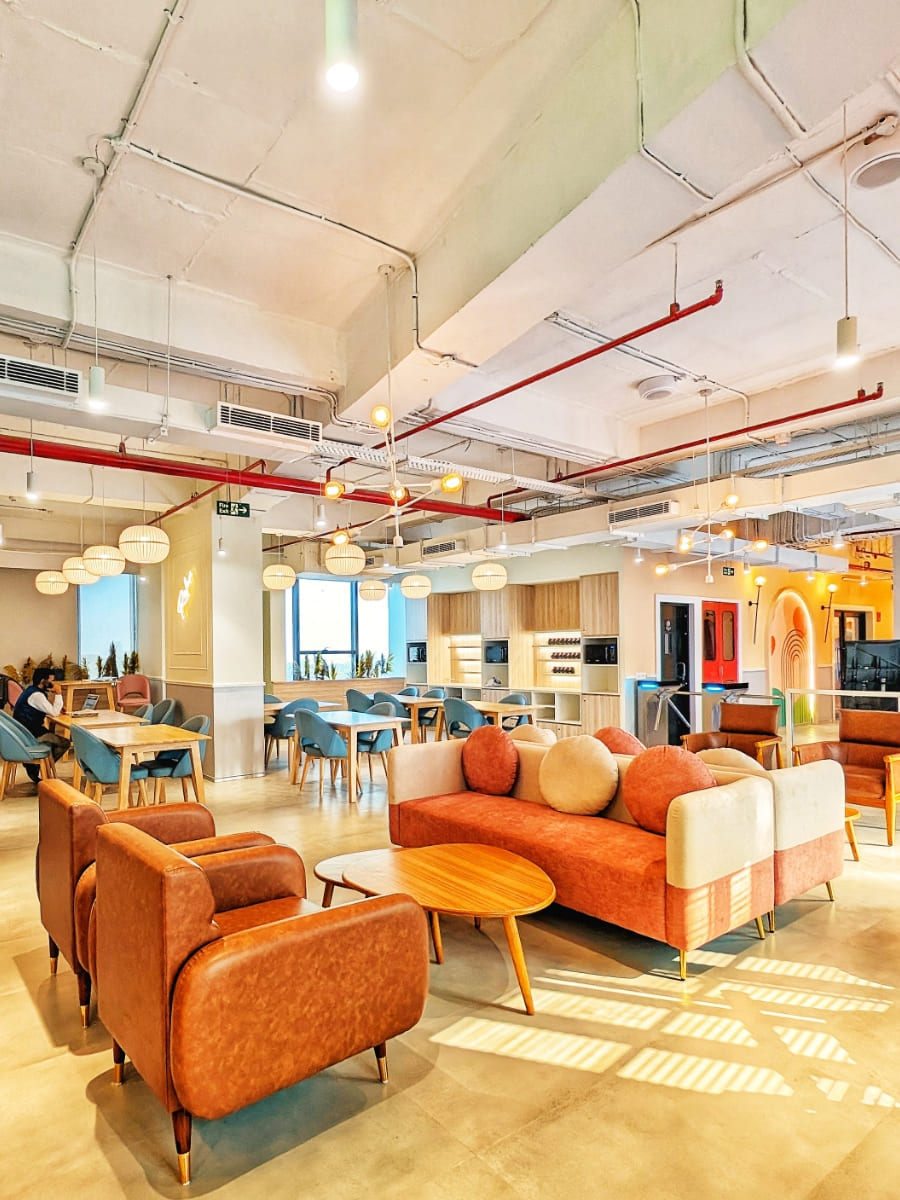Excelling Workplace Etiquette: Dos and Don'ts for Professional Behavior

In today’s dynamic environment the workplace etiquette is the great preach for professional behaviour. In today's era the ultimate goal is making a positive workspace: tips for employers must be followed to retain the workspace environment. Follow the above mentioned points you will get the clear guidelines for the utmost great results.
Studies show that a working environment is always created with better behaviour and work productivity. So, in the growing corporate world, mastering workplace etiquette is significant for professionals. So, with this blog, explore the world of an ideal coworking space with the necessary behaviour quotient. Know more about the dos and don’ts of professional behaviour.
Dos and Don'ts for Professional Behavior
In today's fast-paced and growing corporate world, mastering workplace etiquette is significant for professionals looking for success. Whether you're working in an office space for rent or shared office space, following the proper professional behaviour can make a noteworthy difference. The working etiquettes are essentially to be followed to form a first impression. Doing wella presentation of your behaviour in an organisational premises results in the better doings.
Studies show that a working environment is always created with better behaviour and work productivity.
So, let's explore the world of ideal office behaviour and find the keys to success.
Do’s for Proper Behavior
-
Dress to Impress
When looking to make a positive first impression in a professional business environment, choosing the proper clothing and showing reliability should be at utmost, whether you're in your own private office or have chosen a shared office space for rent.
-
Punctuality
Always follow the time for meetings, and office shifts. Show respect to the manager and colleagues.
-
Regard Individual Boundaries
Maintaining individual space and privacy is essential in any professional setting. Knock on closed doors before entering, avoid touching or moving someone's personal belongings without permission, and respect the privacy of your employees and their belongings.
-
Prefer Mail Étiquettes
In the present working environment the fact stays that you need to ignore the mails that are not work aligned. Apart from that choose the best crafting techniques and proper tone while forming a mail.
-
Effective Communication
Communication is the key to the reaction. Practise clear and brief communication, effectively gel in with others, and react keenly. Being an attentive and aware communicator contributes to a positive work environment and health.
Within the proficient world, mistakes happen, but the key lies in learning from them. Sometimes, our colleagues or mentors step in to provide gentle guidance when the errors are minor, helping us course-correct and do way better another time.
In any case, certain mistakes can have more noteworthy repercussions and strain connections with colleagues, so it's vital to be mindful of the taking after don'ts and endeavour to avoid them as much as possible.
Don'ts for Professional Behavior
-
Disregard Gossip and Office Politics
Focus on your work and avoid spreading rumours or negative conversations about colleagues or the company.
-
Control Clear of Unprofessional Behaviour
Keep up a positive and proficient attitude even in challenging situations. Maintain a strategic distance from showing outrage, discourteousness, or threatening vibe towards colleagues, superiors, or clients. Such behaviour can have a hindering effect on your professional growth.
-
Personal Activities Amid Work Hours
Resist the allurement to engage in personal activities during work hours. Minimise personal phone calls, limit private internet browsing, and focus on your responsibilities. You'll be able to utilise break times for personal tasks.
Maintain a strategic distance from Offensive Language at Shared Office Spaces
Using aggressive language, or inappropriate jokes is never acceptable. Always keep up a professional and respectful tone, both in person as well as in written communication.



